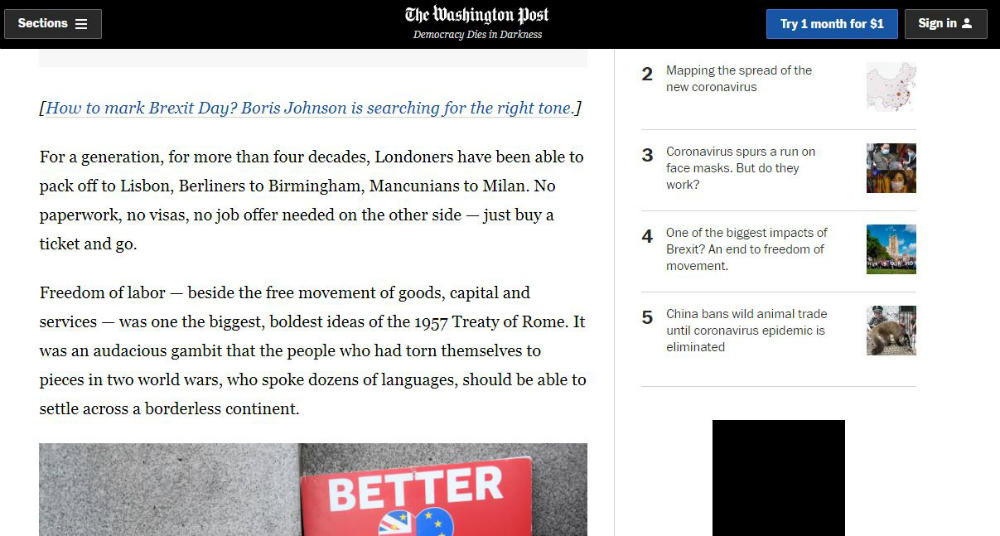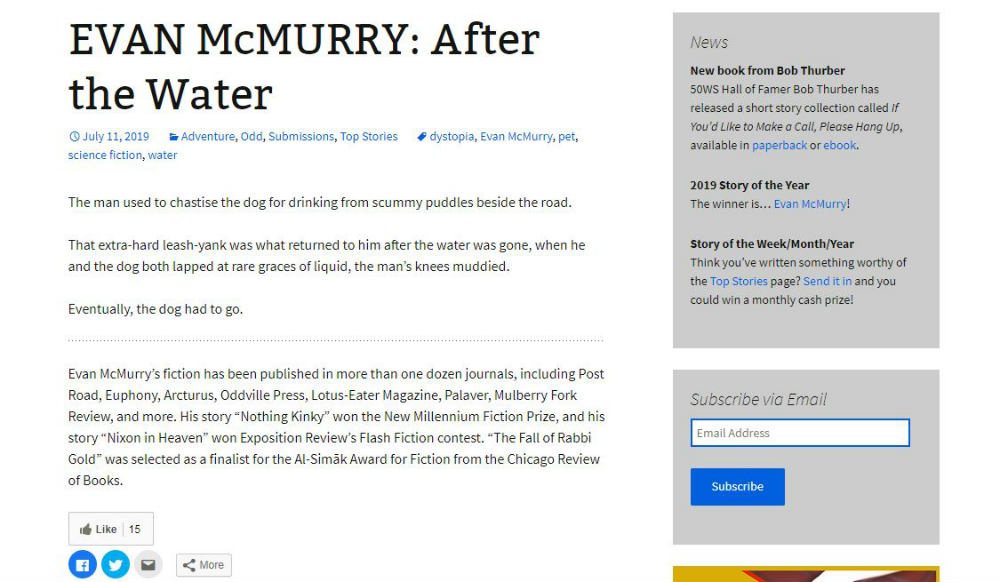09 Mar

Writing styles are as countless as there are writers. Each has their way of expressing their thoughts and ideas. But to grow as a writer, it’s essential to learn to write with a specific purpose in mind.
Learning the four major types of writing styles helps you develop your voice as a wordsmith. This allows you to connect better with different kinds of audiences. In this article, we’ll take an in-depth look at each of these four and illustrate how you can use them in your business.
1. Expository

Expository is the type of writing that’s intended for explaining or describing something in a chronological format. It is subject-oriented with little to no storytelling included. The writer is focused on expounding on a given topic without articulating their personal opinions to the readers. It is also non-persuasive and non-influential, allowing the reader to form their ideas or conclusions.
The purpose of this writing style is to educate and inform using facts and references. Typically, expository writing will start with the words “first,” “next,” or “then.” It is usually written using a second or third-person perspective.
Expository writing is best for difficult subjects that require a thorough explanation. A step-by-step approach is one way to do it, but it isn’t a general rule. For your business, learning to write this style allows you to use it in your newsletters, product updates, and marketing emails, among others.
This writing style is commonly used in:
- News articles
- Recipes
- Textbooks
- How-to books and articles
- Magazines
- Manuals
- Medical Journals
- Instructional guides
While an expository type of writing will allow you to explain a subject more deeply, it also has its disadvantages. One of which is that it only lets you present a limited perspective and scope of the study. It only gives a single angle, that is, the author’s.
Here is an example of expository writing from The Washington Post:
2. Descriptive

Often used in fiction writing, descriptive is the writing style that does as its name suggests—to describe. Unlike expository writing, descriptive delves much deeper into a subject. The writer paints a picture using metaphors and similes to describe a person, an event, or a place.
The descriptive style of writing can be poetic but also very detailed. The writer uses all of their five senses to get the readers to have the first-hand experience. Adverbs and adjectives are commonly used to portray the story the author wants to relay vividly. As mentioned above, we usually see this type of writing style in fiction books, but it isn’t limited to it. We can find descriptive writing in these:
- Prose and poetry
- Travel guides
- Journals
- Memoirs
- Diary writing
- Songwriting
You can find an excellent example of descriptive writing in the poetry blog of Katy Acheson, something katy:
Like the expository writing style, descriptive isn’t for influencing or persuading; it merely is for describing. This type of writing is great to use for product descriptions, website content, or blog posts. It simply tells your customers the details of your product or service, such as size, color, shape, and other information.
3. Persuasive

It’s easy to see what this type of writing style is by what it’s called—persuasive. The primary purpose of a persuasive writing style is to persuade or influence the reader to take action or believe in something. As a writer, your focus should be on influencing the reader to have thoughts that are aligned with yours.
Persuasive writing is genuinely beneficial to business owners as this is the style to use when creating advertisements or marketing content. One characteristic of persuasive writing is that it includes arguments, reasoning, or justifications. It encourages readers to take action or agree with the writer’s points of view.
You can find persuasive writing styles in the following:
- Editorial articles
- Opinion pieces
- TV commercials
- Print advertisements
- Cover letters
- Letters of recommendation
- Complaint letters
- Review articles
- Political speeches
- Copywriting
- Brochures
- Business proposals
When reading this writing style, you’ll notice that there are similarities to the first two types. A political speech may include descriptive writing as well as expository. There are no hard and fast rules on this as long as it serves your purpose. So a combination of the four major writing styles is always welcome.
On the other hand, using persuasive writing also has its downside. Many consumers today dislike being sold to; thus, careful use of this writing style is recommended. Persuasion is an art. That’s why you need to incorporate it in your writing, especially for businesses, without sounding like a salesperson.
Medium‘s about page is the perfect example of persuasive writing. It doesn’t have much content, but the page is very impactful.
4. Narrative

As the name implies, this type of writing style is about narrating a story, whether fact or fiction. The author constructs a story and communicates it with characters in a setting, along with conflicts and twists. It may contain some descriptive writing but is usually more complex and intricate.
A narrative writing style is easily identifiable. A poem can describe a person, an event, or a place without the inner thoughts of the author as what we can find in a narrative. Narrative writing usually has dialogues, a beginning and an ending, a plot, and conflict. Blogs are excellent places to add narrative writing, such as showcasing your customers’ testimonials.
The following are examples of what narrative type of writing is:
- Novels
- Biographies
- Memoirs
- Screenplays
- Essays
- Short stories
- Novellas
- Autobiographies
- Fables
- Legends
- Mythology
- Academic papers
This short story by Evan McMurry won the 50-Word Stories‘ 2019 Story of the Year and is an excellent example of the narrative writing style.
Final Thoughts
Understanding what the four major types of writing styles are can help you tell different stories to your audience. For business owners or writers, learning about these enables you to create better articles and content. Getting your message across will become a breeze once you know what types of writing styles to use. As always, quality writing is essential in boosting engagement and generating interest for your blogs, websites, and social media platforms.










